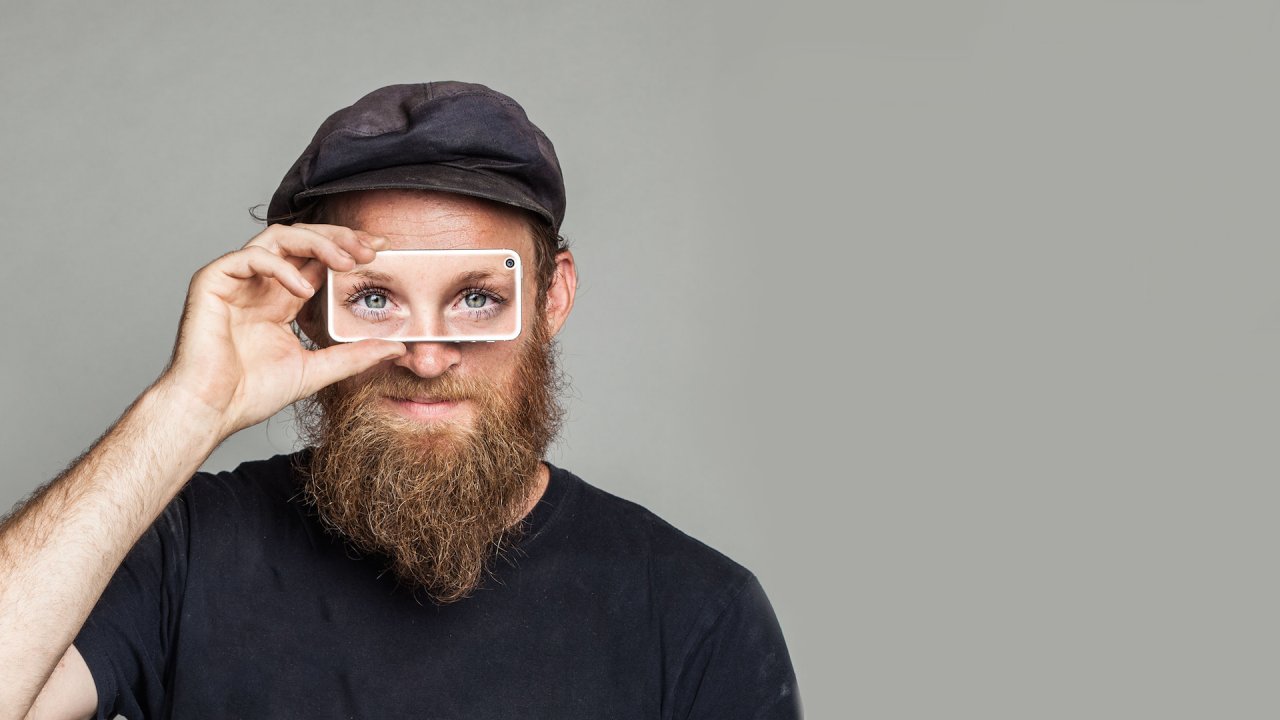Riding the revolutionary wave currently sweeping through HR Tech, how we connect to blind candidates and create accessible work environments is still an open question.
Imagine, you’re waiting at a crosswalk, and suddenly a stranger takes you by the arm, yanking you through traffic without the slightest knowledge of your intended destination. As off-putting, if not frightening, as this experience would be, this behavior is not unfamiliar to the blind, who deal with this intrusive and imposed – however well-meaning – assistance on a daily basis.
So when it comes to getting help as a blind person, the question becomes, not ‘How do I get help?’ but ‘How do I get help only when I want it?’. As we’ve become accustomed to, from the tech world emerges a solution, in this case, an app, called Be My Eyes.
To understand more, we talked with Will Butler, communications director of LightHouse, an organization dedicated to helping blind and visually impaired residents of San Francisco. LightHouse consults and invests in new access technology and has partnered with Be My Eyes Since it launched in 2015. It was to be an app that allows a blind person to connect with a sighted volunteer, on a Facetime-esque call, when they need assistance with small tasks like reading an expiration date or, in the case of one blind couple, even a pregnancy test!
There are tons of tools out there already, which make any number of tasks accessible to blind people, whether composing a Word document or crunching numbers on a spreadsheet. But there are certain everyday things, in a world designed for sighted people, that don’t quite work for blind people yet. For example: I can book my own flight, travel 600 miles, order an Uber, get to the block of my destination, and not be able to find the door.
Be my eyes bridges those kinds of gaps, so when you encounter one and you’re by yourself, you can use the app and move on with your day.
How is Be My Eyes an example of how accessibility support should be?
The core of why I love Be My Eyes is that it puts the blind person in control of the help they receive. One of the toughest things about being blind is not that lack of vision, but the perception of gross incompetence that sighted people have of us.
Sighted people assume we have a low level of ability so they’re always trying to help, which is great, but the real challenge is how to get help when you actually want it, so you don’t have people grabbing your arm and pulling you down the street or pushing you down into a chair. Blind people exist in the sighted world, they always will, and the best thing we can do is help people connect, and that’s what Be My Eyes does.
What advice would you offer organizations wanting to improve accessibility to the blind?
Accessibility starts with the product: you will never have a workplace and environment that is truly accessible to the blind unless your product is as well. Stay connected to your blind consumers, because that’s where you can also nurture future employees. If some company were to invent an accessible pregnancy test, I bet in a few years they’d have blind people applying for jobs. Remember there 248 million blind people in the world and to say you don’t care about their business is crazy. It’s not a coincidence that competitive companies like Apple, Google, and Netflix have a commitment to accessibility.
Make your web page accessible: This includes ensuring a blind person can apply using their adaptive technology (check here) as well as providing text versions of all your content. The second point will actually be helpful for your SEO as well, so it’s a win-win. We like to say ‘Google is blind’, meaning that image-based content looks cool, but it’s essentially dark matter as far as search engines are concerned.
Assume Competence: The second thing is assuming a blind person can do most any work. Maybe we won’t have a blind housepainter or delivery driver, but the majority of jobs are accessible and the adaptive tools exist, even if you don’t know what they are.
Reach out to the community: Consult with organizations for the blind. They do everything from design consulting to user testing to providing companies with qualified blind job seekers.
What is the hardest part of the interview process for blind people?
When it comes to hiring, there’s so much anxiety on the part of the blind person about being perceived as incompetent. The best things an employer can do are to talk about the job, and to not second-guess whether the blind person can perform the position for which they are applying. Just those two things can put the blind person at ease, knowing their blindness isn’t distracting to the process and people aren’t wondering how they got to the office.
What’s next for Be My Eyes?
We recently launched ‘specialized help’ where we partner with companies that want to be relevant for blind consumers and provide accessibility. We started with Microsoft in February, and now blind people can now have the same Be My Eyes experience, only now connected with the brands they love.
If a blind person calls a help center for a computer issue, the first question the agent normally asks is ‘What does it look like?’. So Be My Eyes is now giving companies a way to provide specialized help to the blind community, 65,000 of whom already use our app. It’s pretty remarkable, I even tried it the other day because the screen reader on my PC broke. I just clicked Be My Eyes and clicked Microsoft and within 19 seconds I had someone from their disability help desk on the line, he walked me through how to fix it, and that was that.

